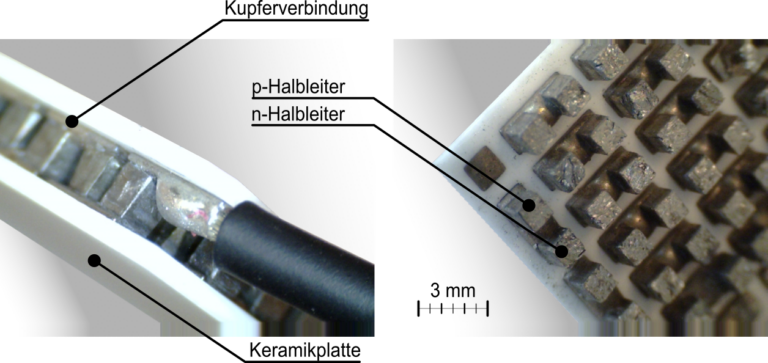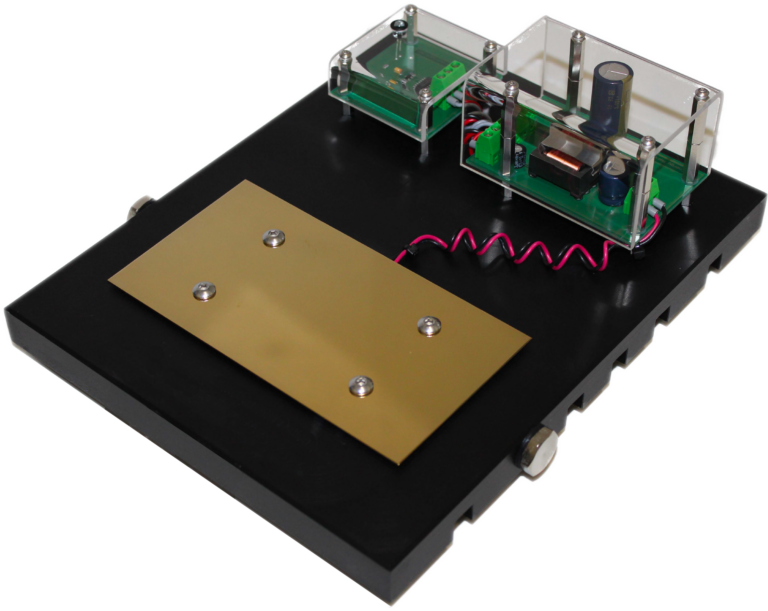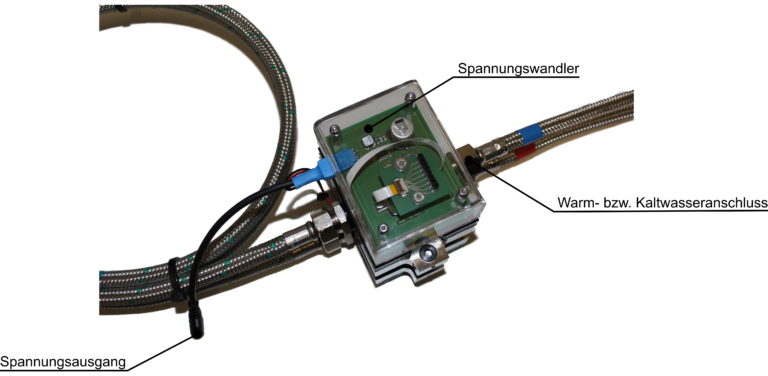Thermoelectrics as an energy-autonomous supply
Energy harvesting
Energy harvesting refers to the process of "harvesting electrical energy" from vibrations, temperature differences, or electromagnetic radiation. It involves generating enough power to operate electronic low-power systems such as wireless sensor systems or self-powered wristwatches.
When thermal energy sources are available, the Seebeck effect can be utilized to generate an electric voltage. In this process, electrons move from the warmer end of a conductor to the colder end through diffusion. The resulting electric field creates an open-circuit voltage that is proportional to the applied temperature difference.
THERMOGENERATORS
In thermoelectric generators, a large number of p- and n-type semiconductor materials (such as bismuth telluride) with thermoelectric properties are connected in series. These materials generate high open-circuit voltages when there are significant temperature differences. Furthermore, when there is a substantial amount of available heat, they can achieve high electrical power outputs.


ENERGY HARVESTING FROM BODY HEAT
The temperature difference between the body or a hand and the surrounding environment can be used to generate electrical energy. The heat emitted by the body is transferred from one metal plate to the thermoelectric material, while the other metal plate is cooled to maintain the temperature difference. This process creates an electric voltage that is sufficient to intermittently power an LED.
ENERGY HARVESTING FROM WARM OR COLD WATER
The temperature difference between hot and cold water pipes is significant enough to generate electrical energy in the double-digit milliwatt range. This technology can be used, for example, to power wireless sensors or other IoT devices installed near hot water pipes.

If you have any questions or need more information, please do not hesitate to contact us. We will be happy to help you!
